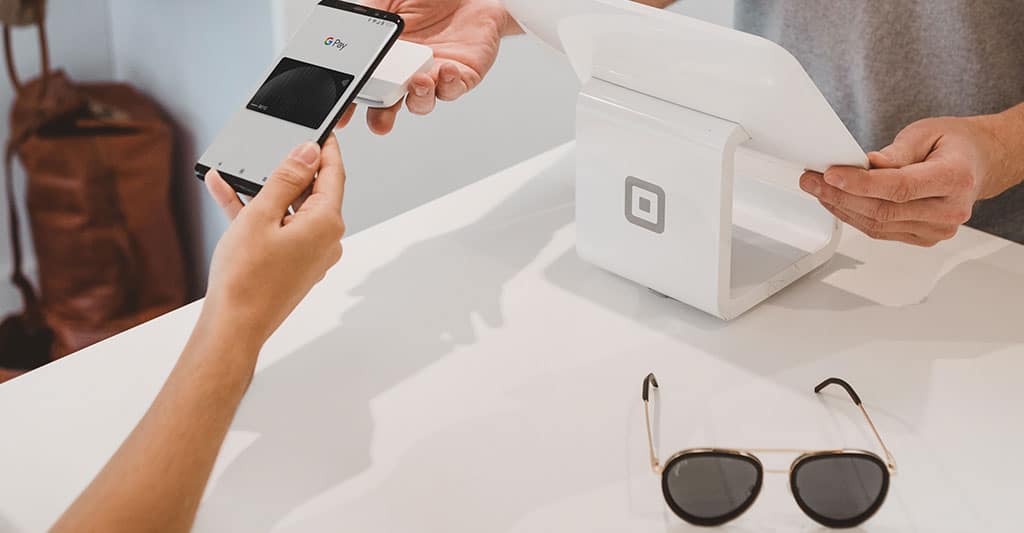
As bricks-and-mortar stores continue to struggle and online sales rocket, the future for e-commerce looks bright. But while there’s lots that online retailers are getting right, the system isn’t perfect, and the ever-increasing customer expectations and evolving shopping behaviours mean that even the most successful brands need to take note of how they can future-proof their business.
Yemi Olagbaiye, Head of Client Services, Softwire, discusses the upcoming trends in online retail and how brands can continue to boom.
1. Social Media
Retailers need to go beyond just building brand pages and integrate social selling into their overall marketing strategy at a high level. Close to half of social media users search through hashtags in order to find content, something that retailers too often forget. It’s not just about creating unique, branded hashtags, it’s about listening to your audience and correctly analysing what they are really looking for. Is it summer style inspo? Over 40’s fashion? Without connecting to the right search terms even the highest quality content will become lost. This may seem like common sense, but too many are forgetting (or never implementing) these elements into their social media campaigns.
As the prominence of social media continues to flourish, retailers need to start considering how they can use this platform not only to inspire but to sell. While audiences don’t want to be bombarded with promotional content, they do want to buy at speed. If a particular product catches a consumer’s eye on their Instagram feed, they don’t want to have to go to the website and search for it, they want to tap the screen, click buy and have their payment and delivery preferences remembered. In order to do this brands need to integrate all of their pages and ensure that they provide a seamless buying experience.
2. Video
55% of people view online videos every day and with the views on branded video content having increased 258% on Facebook and 99% on Youtube, the opportunities video presents can’t be denied. Consumers enjoy the bite-sized and multi-sensory nature of video content and ultimately find it easier to consume. Many retailers have started to take advantage of this, implementing video catwalks of their clothing or product on their pages, but there’s still lots of room for improvement.
Facebook live, Instagram stories, IGTV and Snapchat are just some of the prime examples of the consumer desire for live video streaming. Organisations should be taking advantage of these platforms and using them to show footage from events, in-store snapshots, new product installations and real-time customer interactions. It’s not just harnessing live streams that’s important, offering a 360 video can increase purchase intent by 7% on smartphones and have a click through rate of 4.51% – higher than the 0.56% found with traditional video.
3. Artificial Intelligence
Personalising the shopping experience is key to creating long-term relationships with customers. Some retailers have already moved towards using Artificial Intelligence (AI) to help with this by using the technology to help with size suggestions. This may seem to have little impact to the customer, but in fact, it can be the difference between the customer spending an hour in the post office returning multiple sizes of items and an hour socialising with friends and family – it’s easy to see which they would choose. This ease of ordering helps convince a consumer it’s just as easy to online shop as it is to walk into a bricks and mortar store and also reduces the level of returns retailers might need to process.
Moving forward brands should be aiming to use AI to create an even more personalised experience, sizing is just the start. Another great move for fashion retailers is one that Missguided has done really well and that’s following the Tinder swipe model, allowing customers to swipe left or right on the items liked or not liked and then offering customised offers and products based on this. Not only is a method like this tapping into the behavioural traits of a specific audience it allows retailers to analyse customer reactions and offer a more relevant experience to the customer every time.
4. Chatbots
Gartner predicts that by 2020, 25% of customer service operations will use virtual customer assistants or chatbot technology. Chatbots can be particularly useful for brands with large, simple customer service requests e.g stock checks and size recommendations. To make sure that this tool is effective, retailers need to make them visible and easy to access. Rather than hiding them away on customer service pages, chatbots should feature on every page, but getting the balance of convenience and intrusion right is important, otherwise they may serve as an annoyance rather than an advantage. The medium should also be considered and the pages tailored e.g assistants placed at the bottom for scrolling pages and at the side on a desktop.
5. Voice
With Google reporting earlier this year that it sold one Google Home device every second, and Comscore predicting that 50% of searches will be conducted through voice technology by 2020, there is a growing need for more voice-enabled results. The potential for this technology in the fashion industry has not currently been realised, partly because it requires brands to ensure the personalised shopping experience they offer is far more accurate. However, brands can still look to implement voice searches as part of their customer service offering e.g. giving devices the ability to answer questions about if an item will come back in stock or when to expect new product launches. To order products in this way is a leap of faith for consumers, for example if they say ‘Order me a blue dress costing below £50’, they would be relying on the combination of AI (to assess their favourite shop, style and delivery option), but it can work if the foundations are put in place effectively. In order to do this however brands need to make their websites discoverable, and personalised offers far more precise than is currently achievable. The first retailer to succeed here though will make the headlines for sure!
Bespoke is better
The retail space is changing at a phenomenal pace, so to get ahead of the game and not only attract, but keep customers isn’t an easy ask. Bricks-and-mortar stores can easily stand out from one another through the adoption of immersive experiences that create unforgettable experiences for consumers and inspire brand loyalty. However, when interacting and purchasing through a screen, consumers are still somewhat removed from the brand experience, which is why it’s so important for brands to focus on constantly improving their online offerings and refreshing their capabilities. Too many retailers think that the answers to their online innovation quests come through using plugins, but these are rarely future proof and don’t set them apart from the crowd.
In order to produce the best possible experience, retailers should be looking to create their own bespoke back and front-end technology that allows them to differentiate themselves from their competitors. Whether its a platform to better understand the data that their customers are sharing, or some experience based technology that sets their app apart from the rest of the e-commerce world, retailers who can tailor the technology to their specific customer base will be the ones that succeed. But they must not underestimate the magnitude of a job like this, retailers should focus on retail and partner with technology partners that can not only guide them through the process, but help them future-proof the technology to last. It is time for retailers to step up, listen to demand and embrace the technology that encourages them to own the catwalk towards success, not just walk in an orderly fashion.


